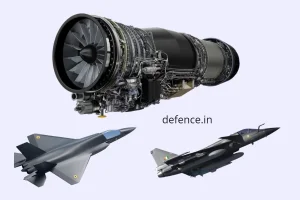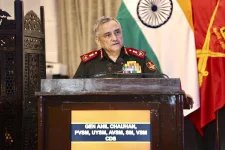- Views: 6K
- Replies: 60
In an exclusive revelation, a senior official from Safran, the French aerospace giant, has confirmed that the upcoming 110kN thrust engine, a collaborative effort with India's Gas Turbine Research Establishment (GTRE) for the Advanced Medium Combat Aircraft (AMCA) program, will boast a completely new core design. This new engine will be distinct from the M-88 engines currently powering the Rafale jets.
The Safran official emphasized that the 110kN engine will not share any core components or technology from the M-88. It is being designed from the ground up to specifically meet the unique requirements of the AMCA, underscoring a significant commitment to innovation and ensuring the engine is perfectly tailored to India's 5th-generation fighter jet program.
Addressing the integration of cutting-edge technology, the official revealed that the engine would incorporate some of the advanced technologies that GTRE is keen on exploring, technologies that are also anticipated in 6th-generation aircraft programs. This includes advancements in materials science, propulsion efficiency, and potentially in engine control systems, all aimed at pushing the boundaries of current jet engine capabilities.
Crucially, the Safran representative confirmed that the Intellectual Property Rights (IPR) for the new engine will remain with GTRE. This is a significant step towards India's push for self-reliance in defence technology. Additionally, there will be no export restrictions on the engine, providing India with strategic flexibility in defence exports and future development.
Looking ahead, the Safran official anticipates that GTRE's production partner will receive orders for over 1,000 engines over the coming decades. This substantial number not only reflects the projected needs of the AMCA program but also hints at the engine's potential integration into other Indian fighter jet programs, suggesting a versatile and scalable design.
This partnership between Safran and GTRE holds immense promise for the AMCA program and for India's defence industry as a whole. It showcases India's growing capabilities in developing sophisticated, indigenous aerospace solutions and positions the nation as a key player in the global defence market.


